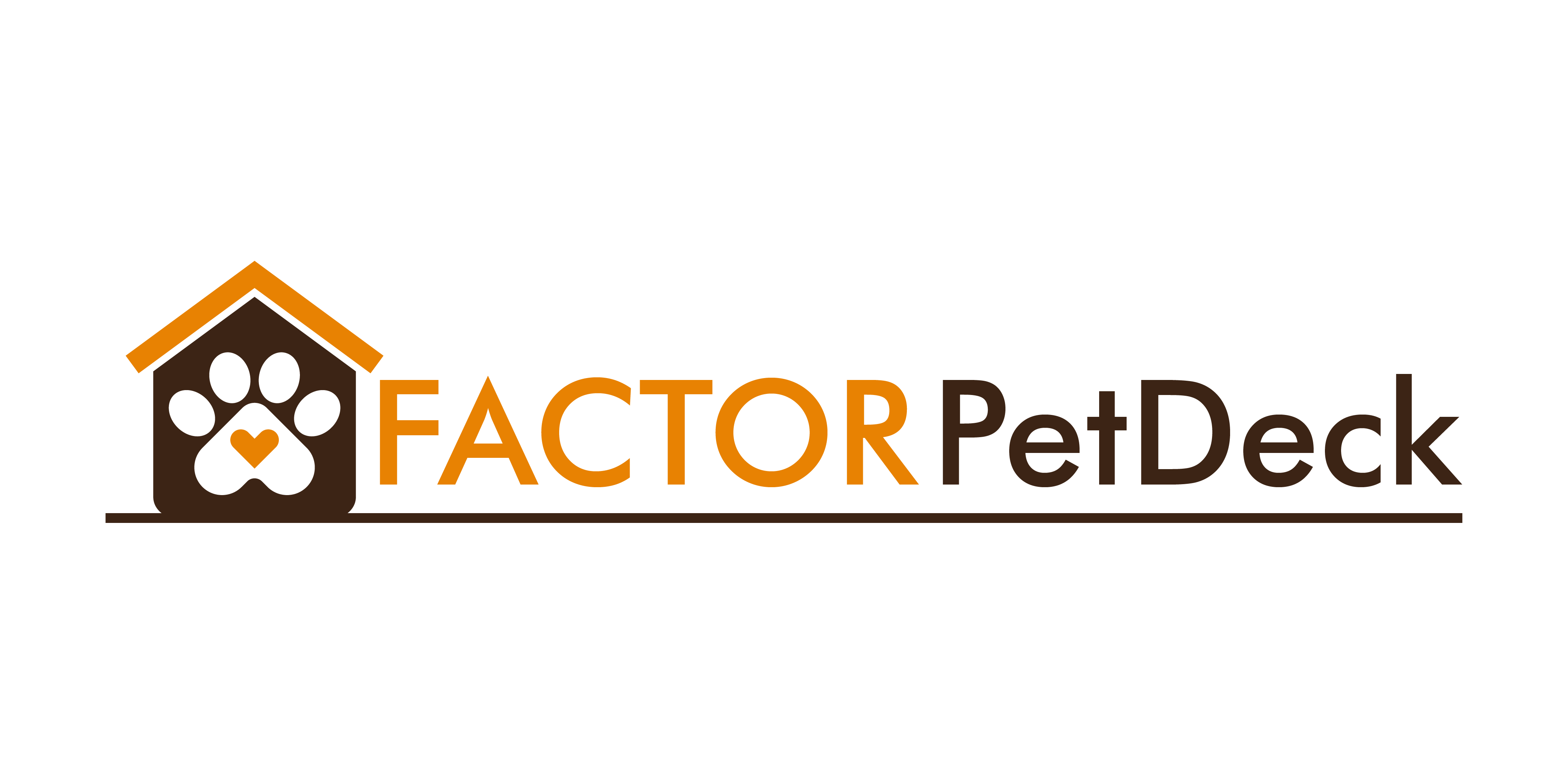Introduction: Why Adoption Stories Matter
Pet adoption isn’t just about bringing home a furry companion—it’s about saving a life and changing your own. In a world that scrolls fast and disconnects faster, rescue stories pull us back to something elemental: connection, care, second chances. They remind us we’re not the only ones showing up with baggage. When an adopted pet settles into a real home, it’s healing in both directions.
These stories also do something bigger. They shine a light on the scale of the issue. Right now, millions of animals sit in shelters across the U.S. waiting—some for days, others for years. According to the ASPCA, about 6.3 million companion animals enter shelters every year, but only around 4.1 million of them get adopted. The gap isn’t just a statistic; it’s a challenge to act.
And here’s the good part: awareness works. When people see what adoption can do—how a scared, skittish dog becomes a therapy animal, or how a senior cat finds love late in life—they start to believe in small, radical change. They hit share. They visit shelters. They choose adoption. That’s why these stories matter. Because they’re not just feel-good content—they’re catalysts.
A Second Chance: Oliver the Senior Cat
Oliver had been in the shelter for over six months. At ten years old, he wasn’t what most visitors were looking for. Kittens came and went while he stayed—quiet, patient, and just a little tired. Volunteers noted his calmness, his slow blinks, the way he sat in the same spot near the back of his cage as if he knew not to expect much.
Then came Harold. A retired librarian with a soft spot for the overlooked. He wasn’t planning on adopting that day—but when he passed Oliver’s enclosure, something clicked. Maybe it was the way Oliver stood up slowly, walked to the glass, and pressed his head lightly against it. No dramatic meows. No frantic pacing. Just presence.
Harold filled out the paperwork that afternoon.
In the weeks that followed, Oliver found a rhythm. He took to Harold’s home like he’d been there all along. His favorite spot? The sunny windowsill in the den—perfect for quiet naps and watching birds. Harold says they’ve settled into something that feels like routine, but also like healing.
Adopting a senior pet doesn’t come with fanfare. There are no playful zoomies, no training milestones. But sometimes, it’s the quiet companionship—the daily, wordless moments—that matter most.
The Power of Patience: Luna’s Journey from Fear to Trust
When Luna was first rescued, she wouldn’t come near anyone. Her eyes flinched at approach, tail tucked tight, body low. Found in a backyard crate with no shelter, she had every reason to distrust humans. For weeks, she wouldn’t eat unless left entirely alone. Walks weren’t an option—just stepping outside sent her into panic.
Her adopter knew it would take time. No forced affection, no pressure. Just quiet meals, soft routines, open space. Days turned into weeks. Then one evening, Luna—on her own—placed her head in a lap. No grand moment. Just quiet trust, finally breaking through.
From there, slow and steady wins. She didn’t just heal—she opened up. With the help of steady training and emotional support, Luna became registered as a therapy dog after 18 months. Now she visits children’s hospitals, bringing calm to kids facing their hardest days. The same dog who once cowered now leans into outstretched hands in waiting rooms.
Her journey is proof that trust is built one breath at a time. Sometimes, what looks broken is just waiting for the right kind of love to rebuild.
Unexpected Match: Max and the Busy Professional
Max came barreling out of the shelter gate like a furry fireball—tongue out, tail spinning like a turbine. At just under a year old, the border collie mix had three speeds: sprint, bounce, and nap (but only briefly). For Jenna, a first-time adopter juggling a downtown job, gym stops, and latte-fueled commutes, it wasn’t exactly a match made on paper. But chemistry doesn’t care about spreadsheets.
The early days were chaos. Max ate a sneaker, barked through virtual meetings, and treated city sidewalks like a jungle gym. Jenna questioned everything—her routine, her patience, even her apartment lease. But slowly, she adjusted the tempo of her day. Morning jogs became training grounds. Evenings meant puzzle games instead of phone scrolling. The chaos distilled into rhythm.
Max didn’t just need walks—he needed a mission. Jenna enrolled him in agility classes to burn his energy and give structure to their time. The side effect? She found herself more disciplined, more grounded. What started as a compromise became a bond. “He forced me to live more intentionally. I didn’t know how much I needed that,” she said.
These days, Max still bounces—but it’s a focused kind of bounce. And Jenna? She’s learned that joy shows up in unexpected places, sometimes with muddy paws and a chewed-up leash.
Siblings Reunited: The Tale of Daisy & Duke
Daisy was the first to leave the shelter—a quiet spaniel mix with soft eyes and a gentle tail wag. A young couple adopted her after spotting her online, drawn in by her calm energy. A few months later and 200 miles away, Duke entered the picture. Slightly bigger, a little scruffier, and with the same muted brown coat. Adopted by a single dad looking for a hiking partner, Duke settled in fast.
Neither family knew their new companions were connected in any way—until both pets were included in home DNA tests as part of fun holiday gifts. The results landed with a shock: same litter, same mother, just separated early and sent to different regional shelters.
What happened next started with a few messages, then shared photos. The resemblance was uncanny, from the white streak above their noses to how they tilted their heads the same way when confused. Arrangements for a meet-up followed. No big expectations—just curiosity.
When Daisy and Duke saw each other again, tails went wild. It was like a piece of them clicked back into place. Since then, the two families have stayed in touch, with regular playdates and even joint hikes. Different paths led to different homes, but fate—and a little modern science—rewrote the ending.
Sometimes, family finds a way back.
More Than Just a Pet: Coco the Emotional Support Rabbit
When Mrs. Larkin brought Coco the rabbit into her third-grade classroom, it was meant to be a fun incentive—a soft, quiet mascot for the reading corner. What followed was something no one predicted. Coco quickly became a steady presence in a room full of young students grappling with anxiety, attention issues, and the general whirlwind of growing up.
Soft, calm, and observant without judgment, Coco offered a kind of comfort that was hard to replicate with apps or adults. For Lucas, who often shut down during group activities, petting Coco became a grounding ritual before speaking. For Mariela, who struggled with anxious stomachaches every morning, Coco’s quiet routine became a reason to show up.
The kids took turns feeding, cleaning up, and even writing short stories about Coco’s imaginary adventures. The classroom dynamic shifted—not overnight, but enough to notice. Less chaos, more connection. One rabbit. Thirty small lives touched, every day.
Coco didn’t just become a mascot. She became part of the emotional infrastructure of the classroom. And she reminded everyone—teachers included—that support doesn’t always wear a badge or speak out loud. Sometimes, it just hops into your life quietly and stays still while you figure things out.
Adoption Tips from Real Rescuers
The first week after adoption is rarely picture-perfect. Most pets need time to decompress. Expect nervous energy, maybe some accidents, and a lot of curiosity—or, in some cases, total shutdown. This is totally normal. It’s called the decompression phase, and it’s your job to create a calm, predictable environment while your new companion adjusts.
Start simple: a quiet space of their own, a set routine for meals and walks, and minimal surprises. Stick to the basics so they can understand what life looks like now. Don’t overwhelm them with attention or new faces. Let trust build slowly.
Before you even adopt, think hard about your lifestyle. If you work long hours, maybe skip the high-energy puppy. If you live in a small space, a giant breed probably isn’t the best fit. Rescue staff and foster volunteers can guide you toward the right match—they know the animals best.
Finally, the foundation that makes any adoption a success: patience, structure, and love. Training won’t happen overnight, neither will trust. But if you’re consistent and kind, things click. That scared cat becomes a lap fixture. That anxious dog starts wagging when you walk through the door. Give it time. The bond is worth the wait.
Related Reading: From Shelter to Home – Successful Pet Rescue Journeys
Stories of pet adoption don’t end at the moment a collar is fastened or the last piece of paperwork is signed. Many blossoms into deeper narratives filled with transformation, trust, and second chances. Here’s why these journeys continue to inspire:
Inspiring Transformations
Every adoption story is a before-and-after tale—marked by resilience, recovery, and joy. Some of the most uplifting examples include:
- A paralyzed kitten named Leo who learned to walk again with daily physical therapy and an adopter who refused to give up.
- A pit bull once labeled “aggressive” who now volunteers in a children’s reading program.
- A formerly feral cat named Miso, now the affectionate companion of a young artist in recovery.
These stories remind us that animals aren’t broken—they just need the right environment to thrive.
Advice from the People Who Know Best
Rescue workers and longtime adoptive pet parents offer invaluable insight. Their practical advice includes:
- Give it time: Most adopted pets need 3 days to decompress, 3 weeks to adjust, and 3 months to fully settle in.
- Stay consistent: Routine builds trust and reduces anxiety during transitions.
- Be realistic: Know your lifestyle and choose a pet whose energy, temperament, and needs align with it.
The key takeaway? Progress can be slow—but it’s always worth it.
Adoption Success: Where Are They Now?
Long-term outcomes point to one truth: adopted pets are just as capable of thriving—if not more so—than pets from breeders.
- Behavior improvement: With the right support, even the most fearful pets grow into confident, loving companions.
- Emotional benefits: Adopted pets often form unique bonds, especially with those who’ve shown them care and compassion.
- Lifelong loyalty: Many adopters report deeper connections and a greater sense of meaning in the pet-parent relationship.
If you’re considering adoption, these stories prove that rescue truly is a beautiful beginning, not the end of the road.
Final Thoughts: They Rescue Us Right Back
Adoption isn’t charity—it’s connection. When someone brings home a rescue, they’re not just saving a life. They’re trading loneliness for loyalty, chaos for calm, and sometimes even pain for healing. It’s a two-way door. You think you’re giving a pet a second shot, but often, they’re the one showing up for you in ways you didn’t expect.
That scrappy tabby with three legs? She teaches resilience. The mutt who flinches at every noise? He becomes the softest soul you’ve ever known. The most remarkable stories rarely start with the perfect pet—they begin with a risk, a little patience, and a willingness to look beyond the surface.
Right now, somewhere out there, a pet you haven’t met is waiting for a next chapter. Maybe it’s not a headline story. But to both of you, it could mean everything.




